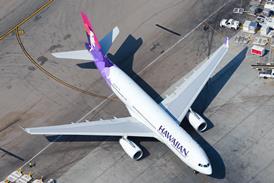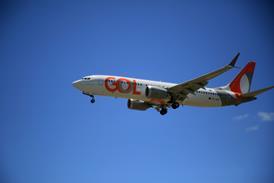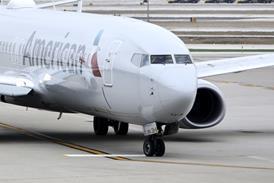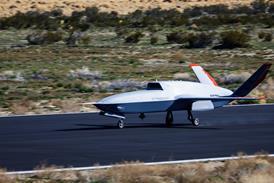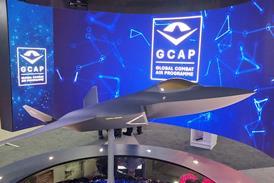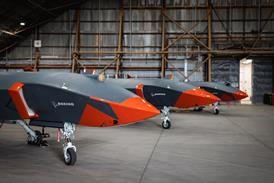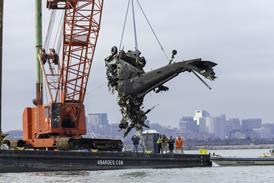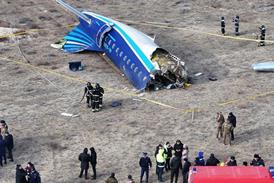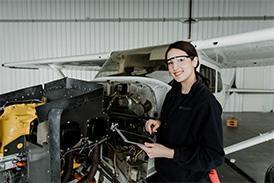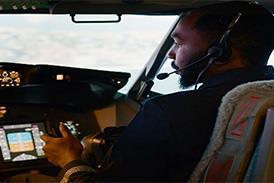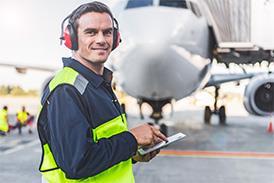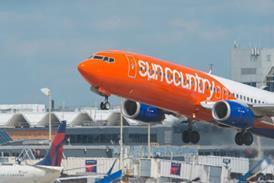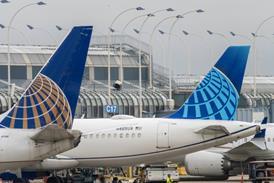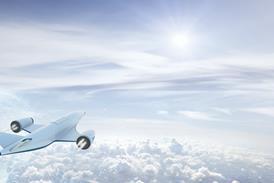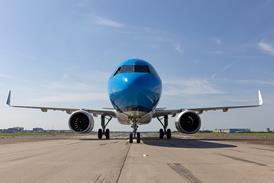This week the Association of Asia Pacific Airlines (AAPA) said Asia-Pacific carriers face looming challenges – including the rise of “protectionist” trade policies and rising costs – even as they continue to see continued growth in travel demand.
In its traffic figures for February, AAPA notes that the region’s operators are maintaining a “cautious stance” towards the challenges.
AAPA director general Subhas Menon singles out rising costs – driven partially by constraints in fleet capacity – among the “headwinds” faced by operators.
He adds: “The recent rise in protectionist sentiment also presents potential challenges to trade and broader business activity. In response, Asian airlines are maintaining a cautious stance, closely monitoring evolving operating conditions while actively exploring opportunities in high-potential growth markets.”#
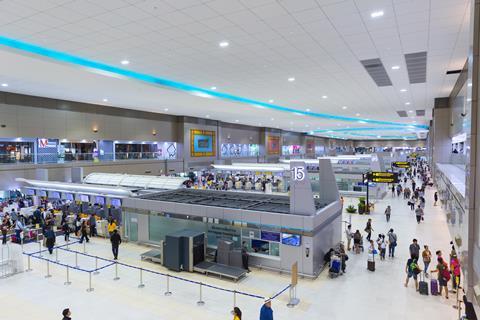
Still, Menon says the region’s operators will “continue to benefit from sustained travel demand”, as well as expansion in e-commerce activity, which will drive up air shipment demand.
In February, AAPA data shows the region’s carriers to have flown 30.8 million international passengers, up 5.9% year on year, and on the back of the Lunar New Year holiday period.
Traffic was up 9.2%, outpacing an 8.6% increase in capacity. This led to a 0.4 percentage point rise in load factor to 82.2%.
Among other developments this week, TAP Air Portugal said its revenues rose 1% last year, sufficient for it to claim an all-time high figure of €4.2 billion ($4.5 billion), although its net profit fell by 70% – a decline it attributes partly to revenue adjustments and labour provisions.

